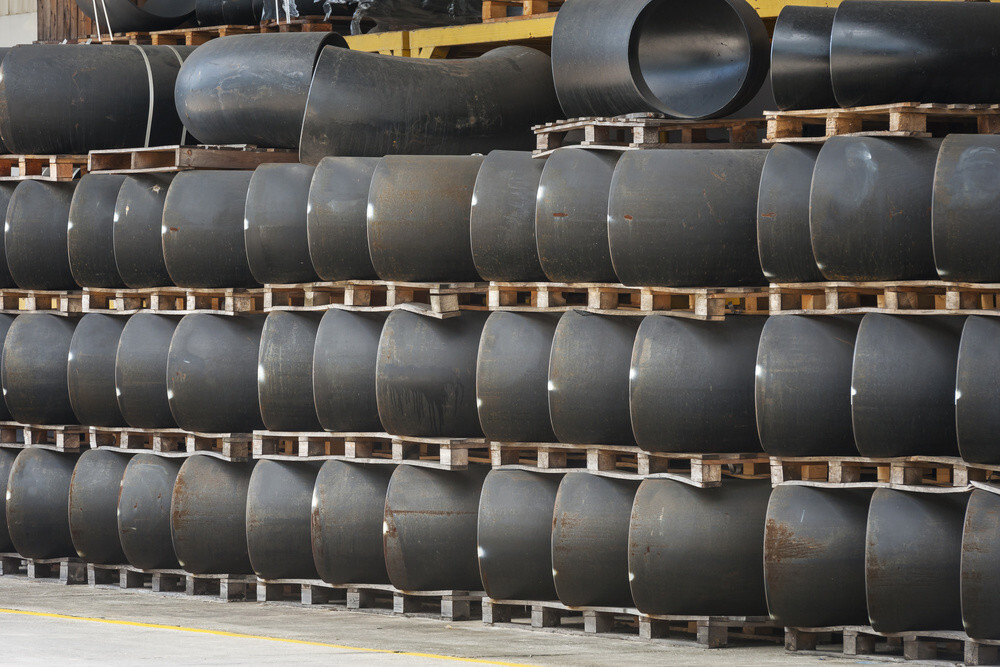
Forging and machining
About Us
KAFCO was started by a group of visionary engineers from different parts of India aiming to
become pioneers in manufacturing industry. It also became one of the fastest growing steel
companies.
With one of the most stringent quality norms in the region, KAFCO takes pride in announcing that it has a record of
0% percent rejection and before time delivery.
KAFCO is aggressively advancing towards
global markets with a vision of not only supplying to global customers but setting up
manufacturing plants in those regions as well.
Flanges
KAFCO is one of the premium forging companies in the India Subcontinent.
The sizes - ½“ to 72”
Welding Neck Flange, Slip-on Flange, Blind Flange, High Hub Blind Flange, Socket Weld
Flange, Lap Joint Flange, Threaded Flange, Ring Type Joint Flange, Orifice Flanges, Hubber
Slipon Flange, Plate Flange, Hubbed Threaded Flange.
PRESSURE CLASS 150, 300, 400, 600, 900, 1500, 2500
MATERIALS- Stainless Steel, ALLOY STEEL, AUSTENITIC STAINLESS STEEL, FERRITIC-
AUSTENITIC STAINLESS STEEL, NICKEL ALLOY, TITANIUM
Pipes

We stock pipes from reputed manufacturers from India.
Ranging from size ½” to 48”
Materials-Carbon Steel Pipe, Stainless Steel Pipe, Alloy Steel Pipes, Duplex Steel Pipes, Super
Duplex Steel Pipes, Inconel Pipes, Hastelloy Pipes, Monel Pipes, Titanium Pipe, SS904L
Pipe,254, SMO Pipes, Incoloy Pipes, Alloy 20 Pipes.
Pipes can be supplied in full sizes or cut to length as required by the clients along with other
services like threading.
Pipe fitting

KAFCO is one of the leading steel pipe fittings manufacturers in India.
The products include Steel Elbow, Carbon Steel Tee, Steel Reducer, Carbon Steel Cap,
Steel Pipe Bends, Steel Stub end.
MATERIALS- Stainless Steel, ALLOY STEEL, AUSTENITIC STAINLESS STEEL, FERRITIC-
AUSTENITIC STAINLESS STEEL, NICKEL ALLOY, TITANIUM
Size- ½” to 48”
Certificates
FAQ's
Q1) What is Forging?
Q2) What is forged metal?
Q3) What is a forging press?
Q4) Why is forging done?
Q5) What are the types of forging?
Q6) What is the difference between cold forging and hot forging?
Q7) What is the difference between press forging and drop hammer forging?
List of machineries in our forging workshop
| S.No | Description | Make | Qty |
|---|---|---|---|
| 1 | Lathe 8 Ft Chuck Dia 10″ | Batala | 1 No |
| 2 | Lathe 8 Ft Chuck Dia 12″ | Batala | 2 No |
| 3 | Lathe 8 Ft Chuck Dia 36″ | Batala | 2 No |
| 4 | Lathe 10 Ft Chuck Dia 24″ | Batala | 2 No |
| 5 | Lathe 10 Ft Chuck Dia 30″ | Batala | 2 No |
| 6 | Lathe 10 Ft Chuck Dia 36″ | Batala | 2 No |
| 7 | Radial Drill Capacity Drilling upto 3″, Job capacity upto 36″ PCD, Job Height upto 1300 mm | Russian | 1 No |
| 8 | D.G Set 125 KVA” | Kirloskar | 1 No |
| 9 | D.G Set 95 KVA” | Kirloskar | 1 No |